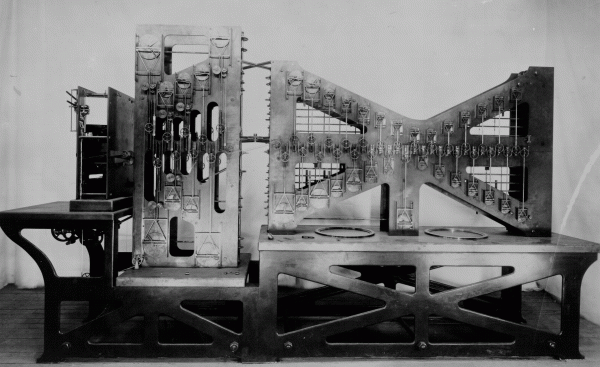When you are capturing audio from a speaker, you are rarely capturing the actual direct output of such a system. There are reflections and artifacts caused by anything and everything in the environment that make it to whatever detector you might be using. With the modern computation age, you would think there would be a way to compensate for such artifacts, and this is what [d.fapinov] set out to do.
[d.fapinov] has put together a code base for simulating and reversing environmental audio artifacts made to rival systems, entirely orders of magnitude higher in cost. The system relies on similar principles used in radio wave antenna transmission to calculate the audio output map, called spherical harmonic expansion. Once this map is calculated and separated from outside influence, you can truly measure the output of an audio device.
The only problem is that the project needs to be tested in the real world. [d.fapinov] has gotten this far but is unable to continue with the project. A way to measure audio from precise locations around the output is required, as well as the appropriate control for such a device.
Audio enthusiasts go deep into this tech, and if you want to become one of them, check out this article on audio compression and distortion.












